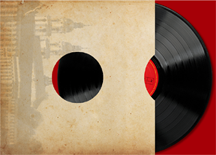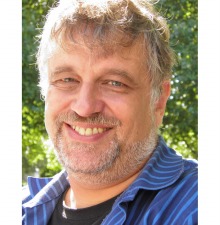Martin Bernhard's completion of the Bruckner Ninth Finale
Mr. Bernhard works as Kantor and secular chorus master in Munich. He graduated Freiburg University where his studied concentrated on musicology, slavic and german studies. He has published articles on Charles Sealsfield; Salvator Rosa and his reception and composer Joseph Rastrelli. He has written works for string orchestra, choir a.c. and with instruments, numerous choir arrangements, organ transcriptions (including Bruckner’s Helgoland, Fourth symphony, motets and movements from the E-minor Mass). His notes on the completion follow: On this Easter Sunday (2022) I put my final retouches into the score. The link below presents a video made with the help of Sibelius software, Here are the main features. - A length of 38 bifolios and 639 measures. - A 16-measure first bifolio, but with the Horn- flute motive being kept, as I hear a foreshadowing of the later Gregorian Theme of the Gesangsperiode recapitulation in it. - A new elaboration of the missing bifolio of the fugue along the short score sketch. For the Coda I took the following preliminaries: - No elaboration of the sketch ÖNB 3194/3r as start of the coda. It is used by SMCP, Carragan, Letocart, Schaller. As Philips wrote in his Dokumentation, it might be sketched first as the transition to the Chorale in the exposition. I do not believe Bruckner reused it for the Coda. It makes the latter resembling of the Finale Codas of the Fourth and Eighth, but my feeling is that Bruckner had a different solution in mind for his Ninth. It goes also with the other preliminary I took: - Avoiding full stops and keeping the Toccata momentum alive until the last measure. - No third appearance of the Chorale, neither in an inversion as I tried to do in my first attempt. Instead some kind of Choralic Abgesang leading to the Ces-Dur, based on sketch ÖNB 6085/43r - No coagmentation in sensu stricto. - Taking in account what Bruckner wanted to have by all means (because numerous sketches show how central it was for him) : Returning via a long C-flat-major passage (and F-A7) to the tonic as some kind of retrograde harmonic progression from the beginning of the symphony. - A quotation of the A1 theme from the beginning is incorporated into the soft A7/9 harmony. - Concerning „Alleluia des 2. Satzes“ I go along with Cohrs and Philips it must be found in the Adagio, being the first D-major ascension near the beginning. It is being overlayed with the trumpet fanfare that was holding the conclusion open twice in the Adagio. The final peroration is reached by a crescendo quoting the Ex resurrexit from the f-Minor Mass. - Taking the upper stave of ÖNB 6085/43v as cantus firmus for the final peroration, featuring a plagal cadence from G summarizing the step from the initial pedal point of the movement as well as the E flat 2 from the first dissonance of the symphony as penultimate chord. Martin Bernhard To play the Sibelius File, Click here. | ||||||






